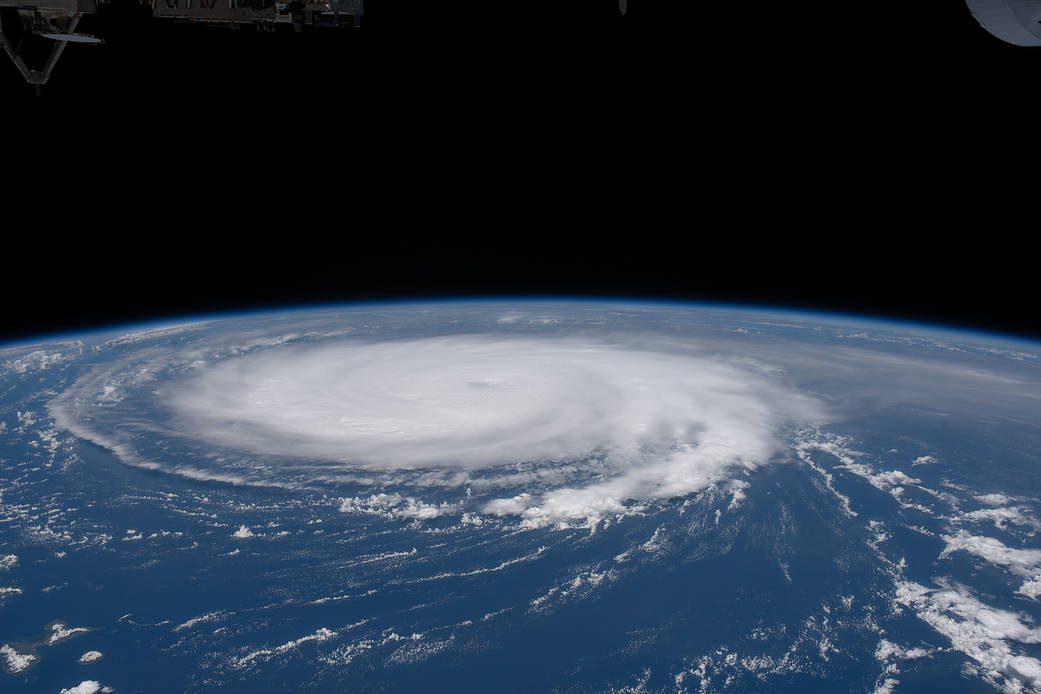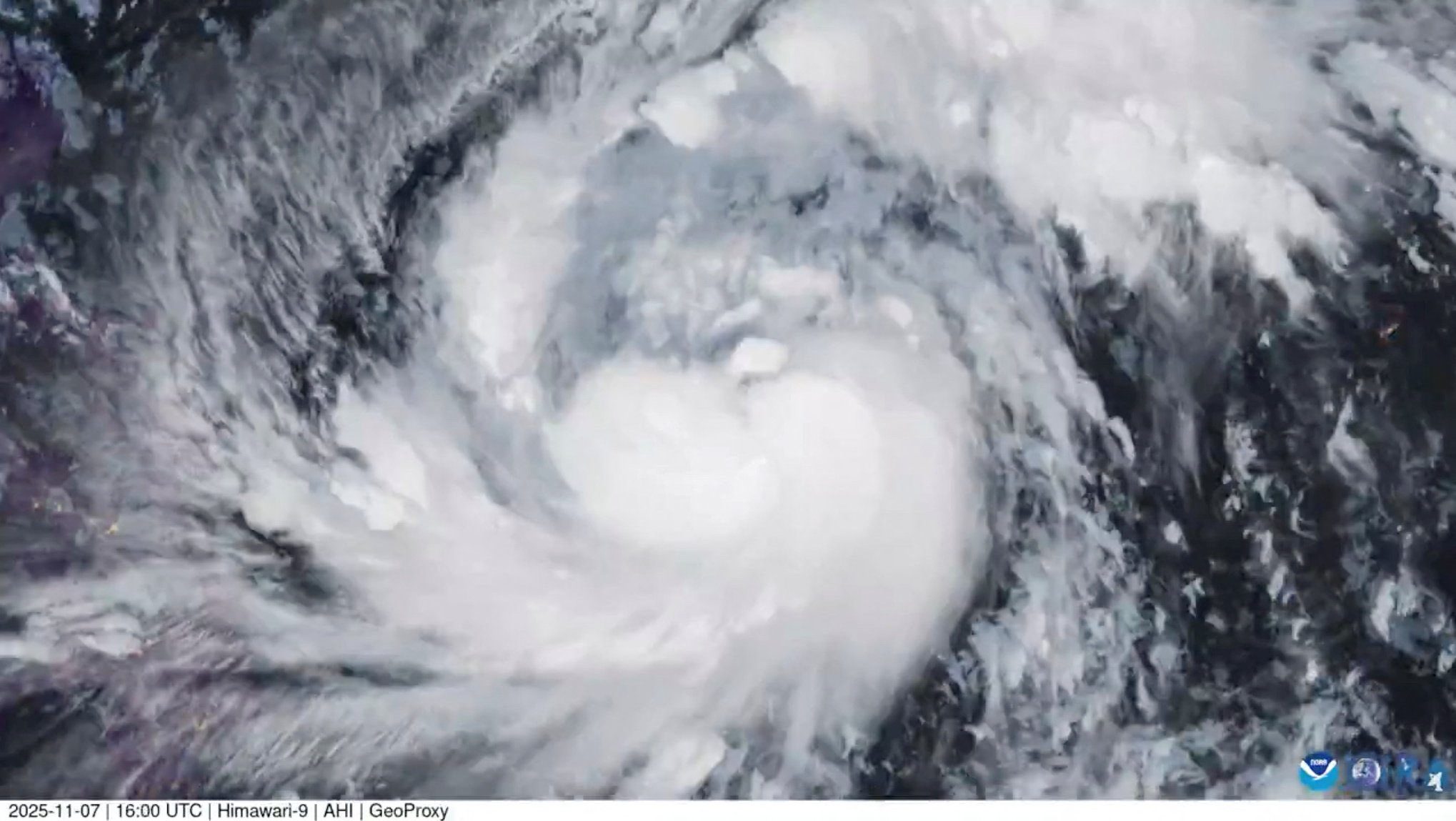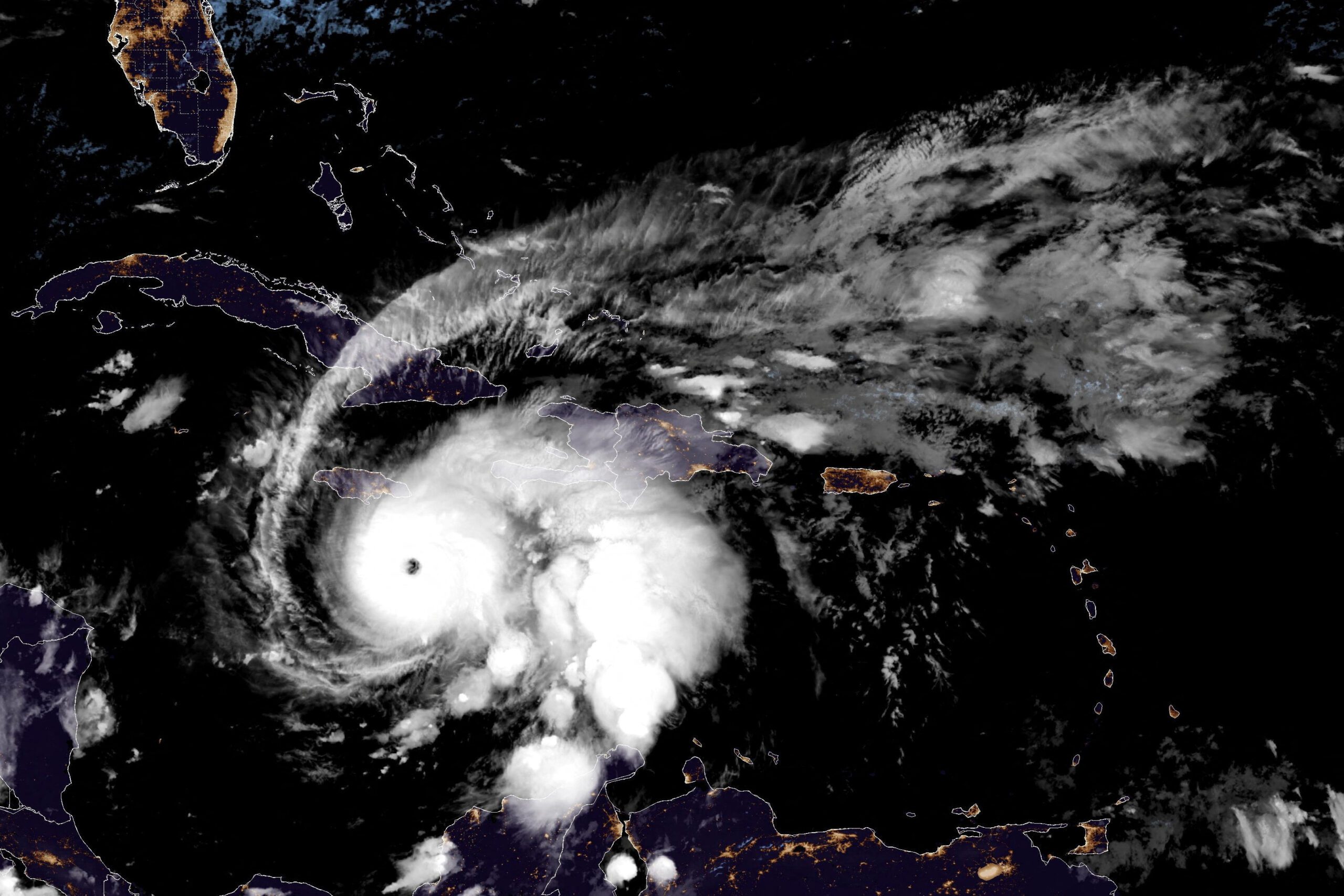By Brian K. Sullivan and Amelia Pollard
Jun 4, 2022 (Bloomberg) –Heavy rains are threatening to topple a century-old record in Miami even if the storm that brought them doesn’t have a name.
The system, dubbed “a potential tropical cyclone” by the National Hurricane Center, swept in from the Gulf of Mexico and is wringing itself out across south Florida on its way toward the Atlantic later Saturday. Forecasters had thought it would become Tropical Storm Alex, but larger weather patterns have torn at its structure, the center said.
“In other words, the system has gone the wrong way in becoming a tropical cyclone,” Robbie Berg, a senior hurricane specialist with the agency, wrote in a forecast.
The rains have left Miami streets awash as upward of 11 inches of rain have fallen in some areas since Friday, with the prospect of more through the day, said Ana Torres-Vazquez, a National Weather Service meteorologist. Although most of south Florida has been battered with rainfalls, the highest totals have accrued in Miami-Dade County. Tallies are still being collated, but it’s more than likely Saturday’s storm total will break the record for June, which stands at 8.25 inches from 1901.
The City of Miami Fire Rescue agency urged residents early Saturday morning to avoid driving, indicating on Twitter that they were already responding to people trapped in vehicles.
Several drivers had to be rescued from flooded cars, according to the Miami Fire Rescue’s Facebook feed. On Twitter, the City of Miami-Fire Rescue agency urged residents early Saturday morning to avoid driving entirely. Some city streets are completely inundated. About one-third of the 515 flights canceled across the US in the last 24 hours were from Florida airports including Miami and Ft. Lauderdale, said FlightAware, an airline tracking company.
It’s possible some areas of southern Florida could get as much as 15 inches of rain by the time the storm leaves, said Bob Oravec, a senior branch forecaster with the US Weather Prediction Center.
After the system crosses Florida, there’s still a chance it could become the Atlantic’s first named storm of the six-month hurricane season, which began June 1. It’s forecast to drift east across the Atlantic passing just north of Bermuda by Monday.
© 2022 Bloomberg L.P.

 Join The Club
Join The Club











